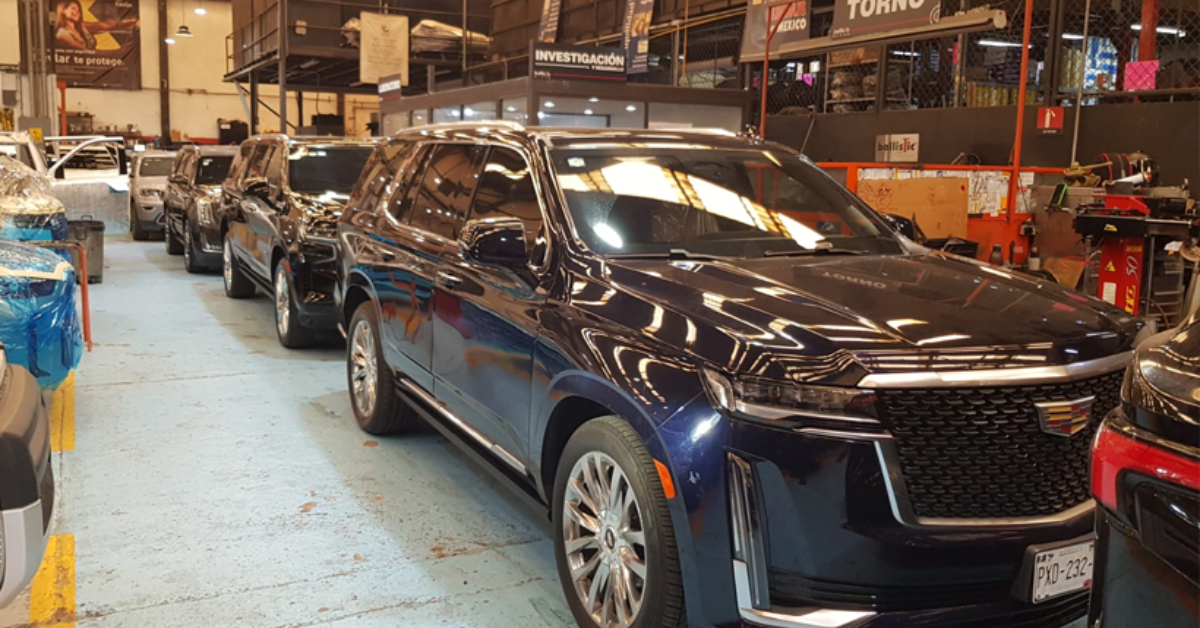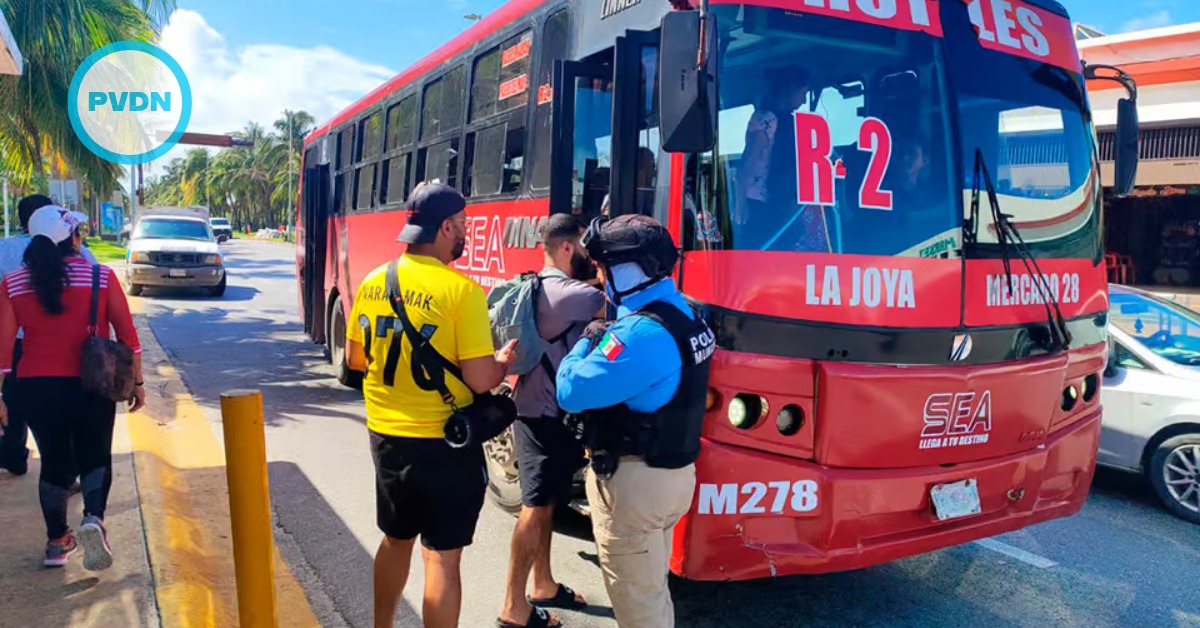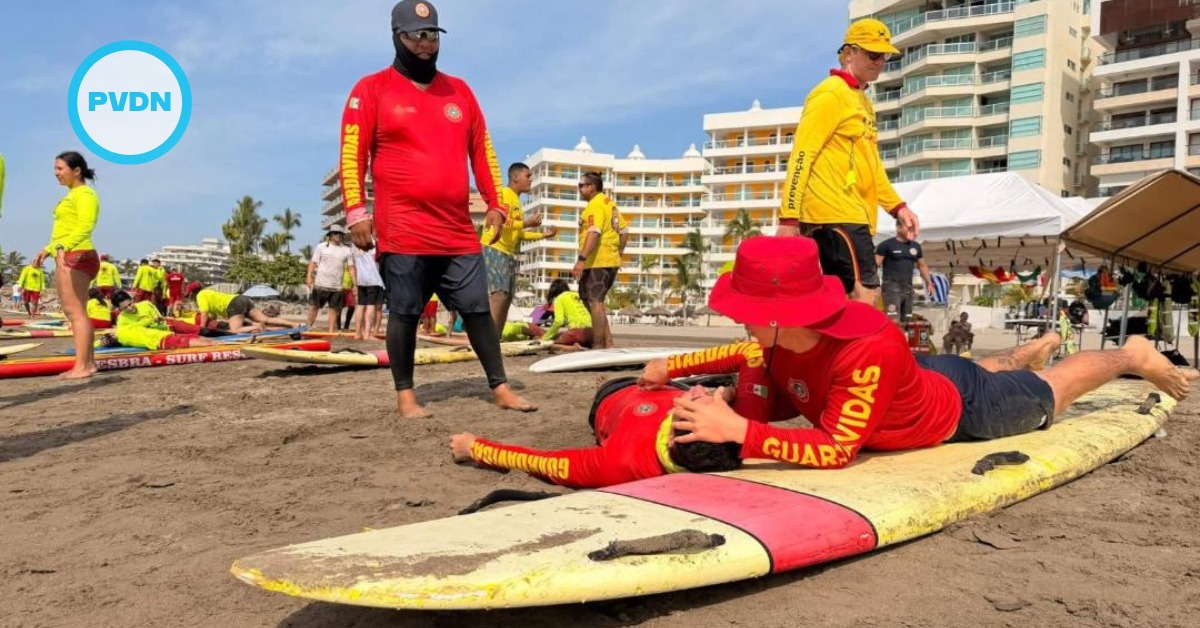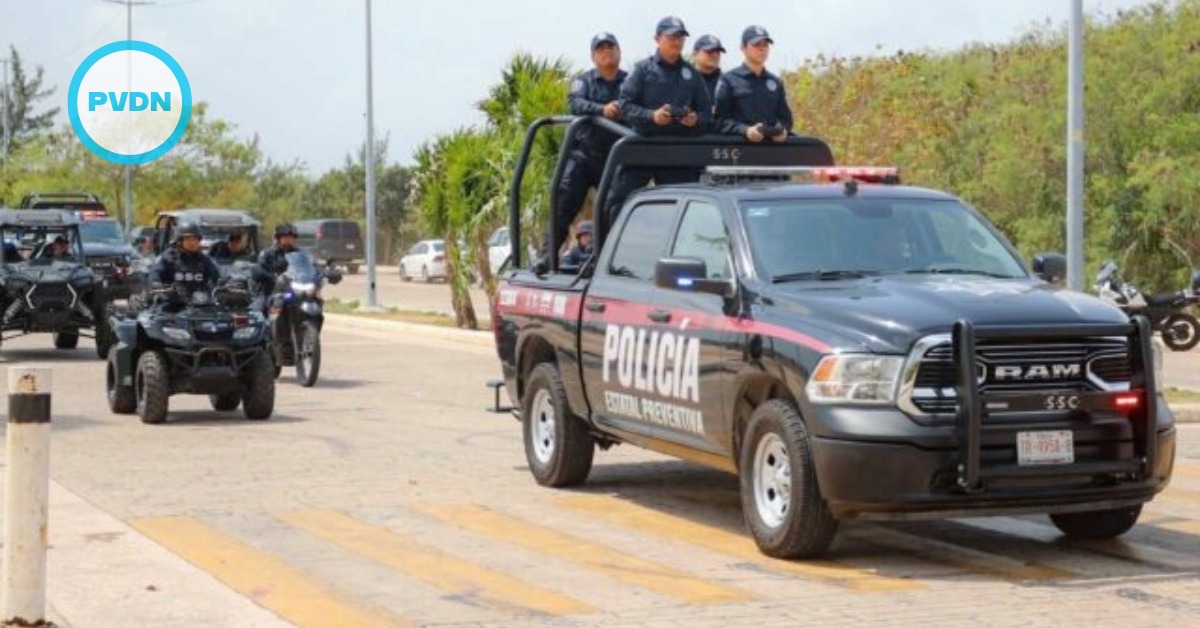Mexico sees 10% annual growth in armored vehicle sales as violence surges. Cities like Mexico City, Guadalajara, and Cancún drive demand for high-level armor against drones and war-grade weapons.
Mexico’s escalating violence is pushing the automotive protection industry to unprecedented levels. The Mexican Association of Armored Vehicle Manufacturers (AMBA) reports a sharp increase in demand for armored vehicles across the country, driven by concerns over organized crime, kidnappings, and militarized criminal activity.
During AMBA’s 25th anniversary event, the organization’s president, Esteban Hernández, announced that the market . . .







